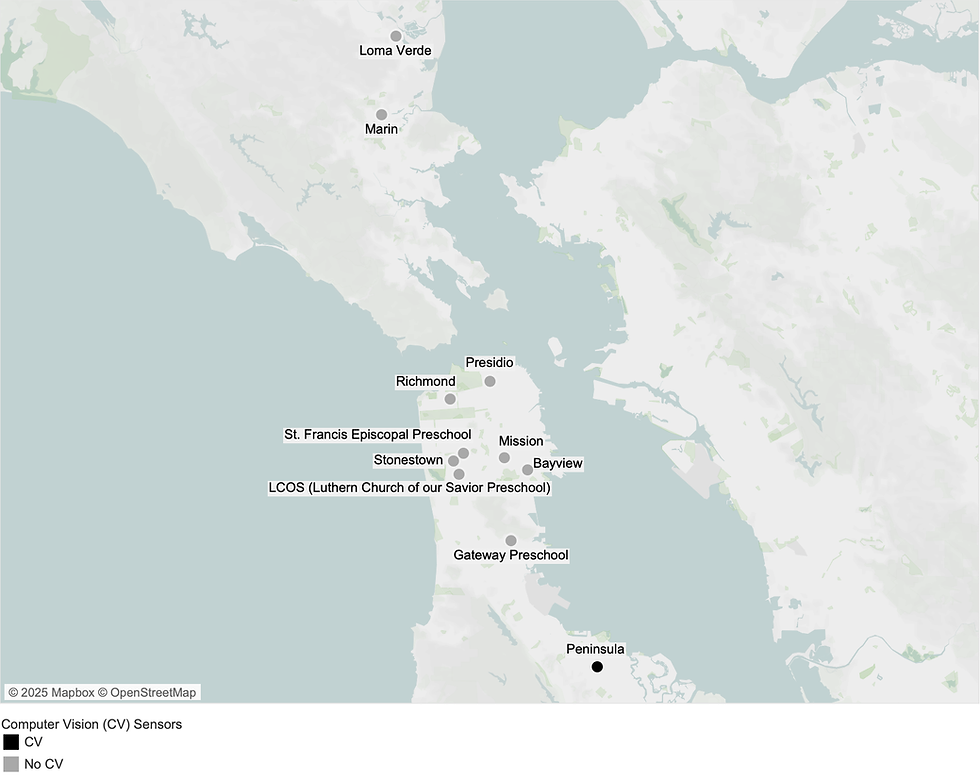Smart Cities: intelligence vision sensors, key technology to improve traffic and pedestrian safety
- Signo Uddenberg

- May 31, 2021
- 2 min read
Updated: Jan 15

Technology is getting increasingly important for human and urban development. According to Smart Cities World Platform, Rome’s municipality, in Italy, is conducting three different trials to diminish pollution and risk in the city by incorporating artificial intelligence and sensors into its city streets.
“Sony Europe IMX500 image sensors with artificial intelligence (AI) processing functionality are at the core of three trials being run by Greentech specialist Envision in the municipality. Set to commence in June 2021, they are intended to cut the city’s transport-related pollution and accidents at pedestrian crossings”.
The projects have the ultimate goal of developing a smart parking system using IMX500 image sensors “to reduce pollution and gridlock from those cruising to find a parking space”. The system works with an application for mobile devices, in which drivers are alerted when they have a free parking space nearby.
“In addition to this, the test also includes a study of smart city systems that will optimise capacity and increase use of its public transport network by implementing smart bus shelters, counting those getting on and off each bus – identifying overloading to ensure better provisioning of buses and cost optimization”.
Alert systems will also be used to notify drivers when a pedestrian is about to cross a street. This will be noticed by the activation of low-latency smart lighting on the street, in order to make pedestrians more visible.
How does it all work?
Data Discovery: The system enables the extraction of real-time metadata related to information of a free parking space, the presence of a pedestrian about to cross a street, or the number of people getting on or off buses. The system also collects data such as the distance between pedestrians and vehicles. This metric is used to measure pedestrian safety. “The trial is aiming to deliver a quantitative analysis of this and prevent pedestrian accidents through signaling mechanisms installed at the crossings”.
Data Relay: “The sensors send real-time data elaborated by neural networks on the exact location of a free space, the pedestrians’ presence and the number of people queuing at bus shelters”.
MKThink is working on similar problems within the built environment using sensors to detect the use and health of spaces. This data is used along with existing data and standards to create custom strategies for our clients. Learn more by contacting us. Or to read more about today's article, click here: https://www.smartcitiesworld.net/news/news/rome-conducts-smart-city-trial-of-intelligent-vision-sensors-6466




Comments